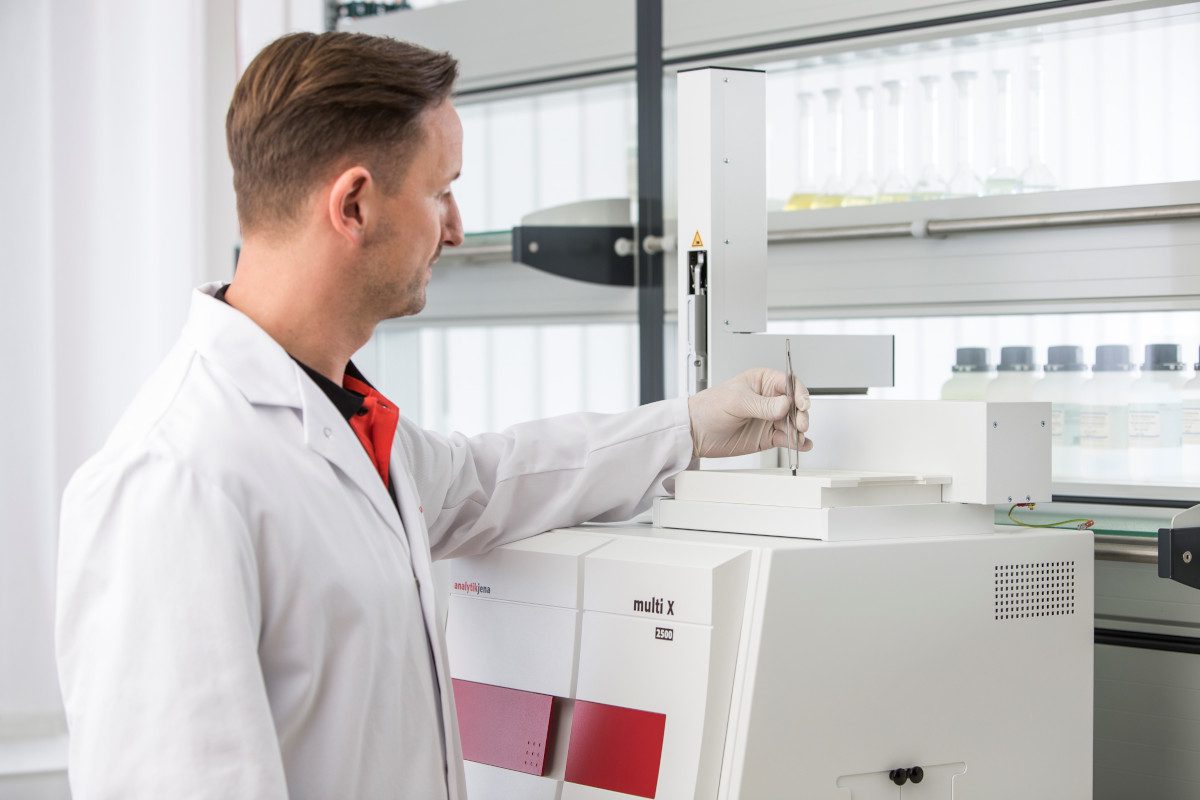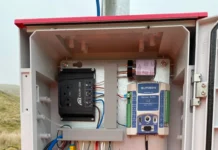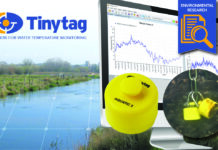
SciMed, a UK distributor of lab equipment, gives a brief rundown of what’s required.
There are a number of AOX/TOX regulations in force, for example, DIN ISO 9652, EPA 1650 for AOX in water and wastewater, and EPA 9020B for TOX in wastewater.
AOX compounds resist breaking down in the environment, and have long half-life periods. Some of these molecules are toxic and can pose a threat to aquatic organisms living in estuaries because they can bioaccumulate in the food chain. Hence, AOX can be important in effluent quality monitoring from both landfill leachates, and industry, in order to meet discharge limits.
Measurement approaches tend to involve the AOX compounds being adsorbed onto activated charcoal under certain conditions. Once the sample has been acidified, you can collect the AOX onto the charcoal, combust the charcoal and measure the AOX using microcoulometric titration.
In England, the Environmental Agency has followed the lead of European authorities in making AOX testing mandatory. Although the legislation isn’t yet being rigidly enforced, by summer 2024 all water and wastewater companies seeking to dispose of effluent must demonstrate that they’ve followed the testing protocols.
The testing protocols for AOX
These cover adsorbable organic halogens, and chlorine is the most concerning, and the one with which this testing regime is most preoccupied.
The first step is sample preparation: solid or liquid samples are transformed into an analysis-ready state. Some analytical instruments are limited to either horizontal or vertical sample delivery, meaning only solid or liquid samples respectively are compatible; solid samples require horizontal delivery.
To prepare pulp, sludge, sediment or wastewater for AOX analysis, it is acidified, mixed with a nitrate-containing solution and passed through activated carbon columns at a set speed. This prompts the chloride, bromide and iodide ions to adsorb to the surface of the carbon. The carbon is then combusted to release the halogens which are then quantified using microcoulometric titration.
Although the dangers of environmental contamination with AOX are clear, the legislation that requires waste companies to test responsibly has been slow to come into effect. Meanwhile, the technical groundwork has been undertaken to ensure this is now a relatively simple process.

Features relevant to selecting instruments
Autosamplers reduce expenditure on technical staff. SciMed offers samplers for both liquid and solid samples.
Duplex and triplex columns allow heavier and dirtier samples to be analysed. “Flexible sample delivery” means both solid and liquid samples can be analysed using the same equipment. The Multi X2500 Analyser from Analytik Jena, for example, is a product that offers all these features.
More details about AOX analysis are available at this page on the SciMed website.





